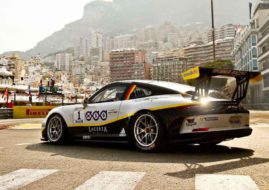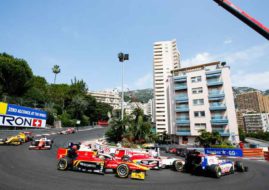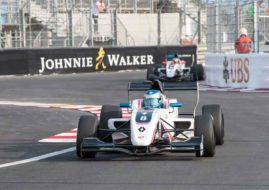Monaco circuit - Jewel in the Crown of Formula 1
Monaco Circuit, or Circuit de Monaco, is not an ordinary racing track. Over the years, this street circuit became one of the trademarks of the Formula 1 World Championship.
It is probably the most demanding track in Formula 1, for it has both the slowest and one of the fastest turns in Formula 1. The famous Fairmont Hairpin is taken with a speed under 50 km/h while the one in the tunnel is taken at the amazing speed of 260 km/h.
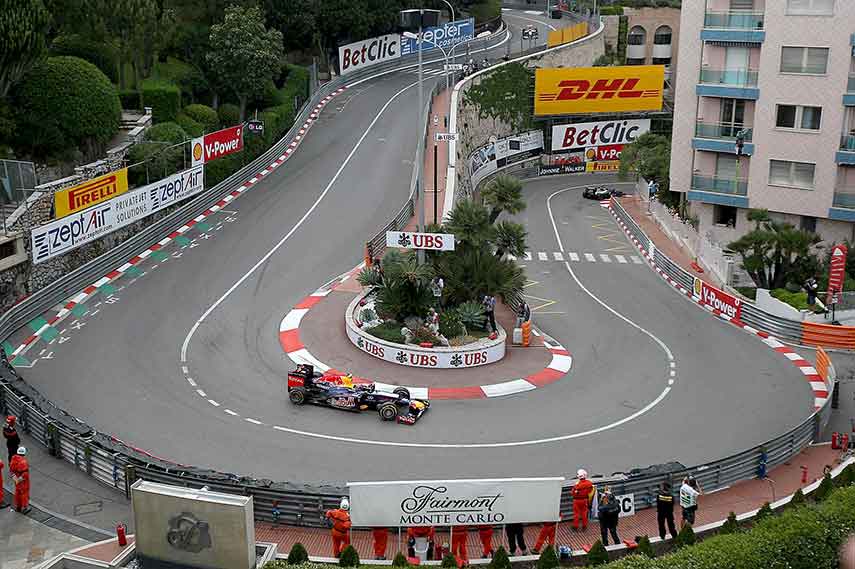
Hairpin in Monaco is the slowest corner in Formula 1
Monaco Grand Prix is the part of the ‘Triple crown’
Apart from that, Monaco Grand Prix is considered as the one of the three most important races in the World, alongside the 24 Hours of Le Mans and Indianapolis 500. Graham Hill is the only driver who managed to win the ’Triple crown’ and this Brit is also one of the most successful drivers in Monaco Grand Prix, as he as won it five times, just like Michael Schumacher. Only Ayrton Senna has more wins in Monaco Grand Prix – six. As of the end of 2015, McLaren is the most successful constructor with 15 wins.
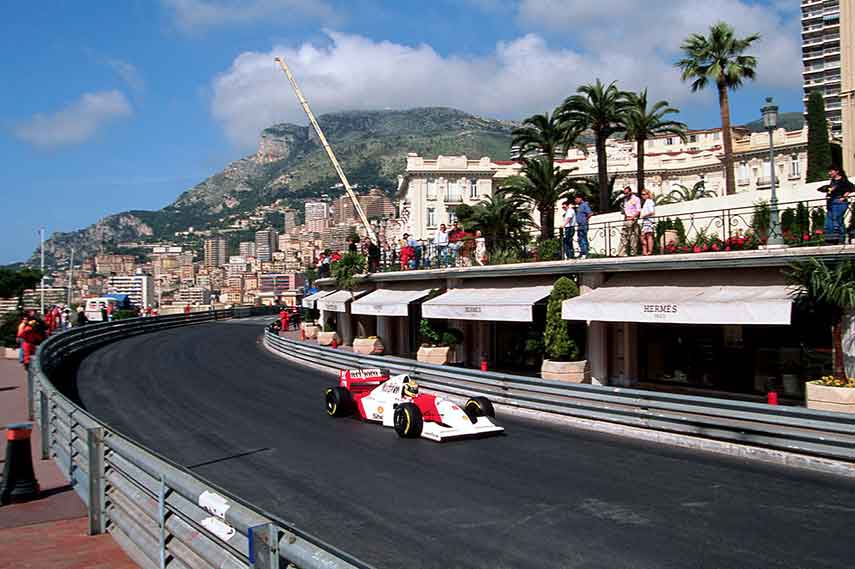
Ayrton Senna was the driver with most wins at Monaco Grand Prix
Driver’s skill plays a very important role
This tight and curvy Monaco circuit, with not so many places for overtaking, demands from every driver to pull out everything he has. Skill and concentration are more important than the speed at this track and mechanics of each team must prepare cars in a much different way comparing to the most of the other tracks on the racing calendar. The Formula 1 Monaco Grand Prix also can be considered as the home race for many drivers as many of them have reside in the Principality.
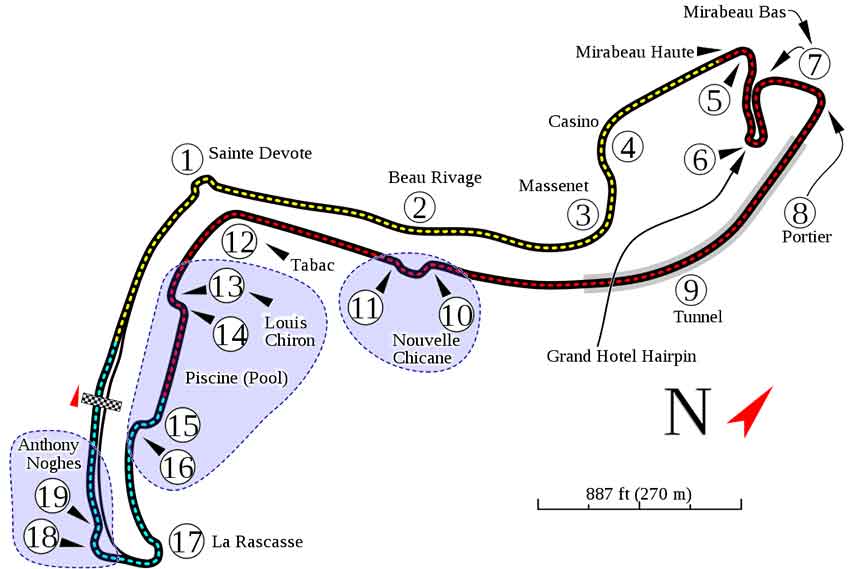
Map: Monaco circuit layout
Monaco circuit has a long racing history
Racing has a long history in Monaco. The first race ever in Monaco, was held back in 1929 and even before the WWII Monaco became a very popular place for racing, attracting over a 100.000 spectators to Monte Carlo in the mid-1930s. The first post-war Formula 1 Grand Prix was held in 1955 and since then, Monaco is a regular spot on the F1 calendar. Over the years, the track went through many modifications. The length always was almost the same but the number of turns has changed drastically.

1929 Monaco Grand Prix
For example, the first layout of the track in Monaco, which was used until 1972, had only 14 turns, while the one used from 1986 had 25! Since 2015, Monaco Grand Prix circuit is 3.337 km long and has 19 turns. The stands capacity is approximately 37.000, while the fastest lap time is 1:14.439, set by the amazing Michael Schumacher and Ferrari in 2004.
Long preparations for the F1 Monaco Grand Prix
Monaco Grand Prix race is held every year in May, but the preparation of the track for the race lasts more than a month, while the dismantling of all the necessary elements which were used for the Grand Prix last over three weeks. Starting position has a great role in this race, because of not so many overtaking opportunities. Tactical decisions and pit strategies are also very important and sometimes can be decisive for the outcome of the race.
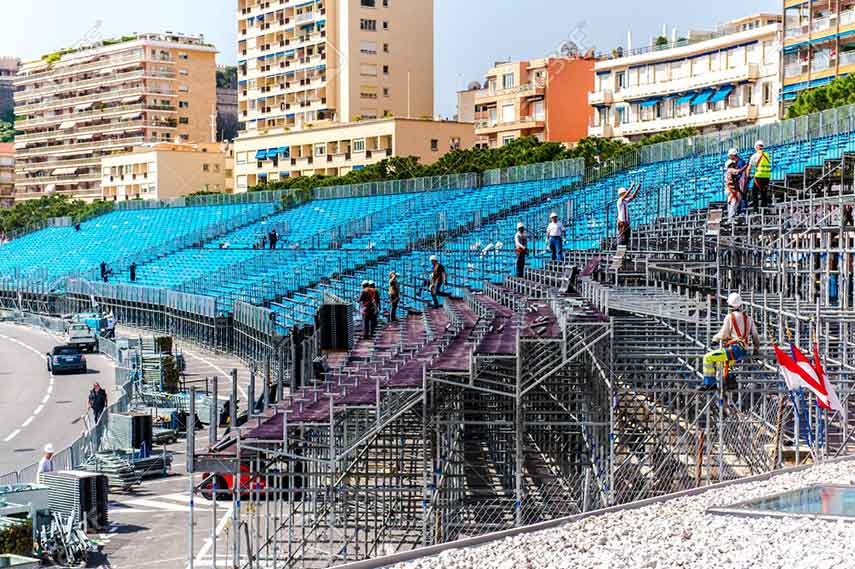
Preparations of the track and stands for the Formula 1 Monaco Grand Prix
Safety was always an issue in Monaco
Another important thing to know is that the safety at Monaco circuit is not at the required level by modern standards. If the Monaco race was not such a big part of Formula 1 legacy, nowadays itprobably would not be accepted to become a part of the championship. Although it is located on very posh destination, pit garages are not at the highest level and the FIA officials are always turning a blind eye at Monaco. It’s not for the lack of trying, because the safety measures were improved over the years. The 1st Armco barriers were put at some points of the circuit in 1969 and later other improvements were made, but because of the lack of the space, Monaco circuit never could meet the measures implemented on other, permanent, tracks.
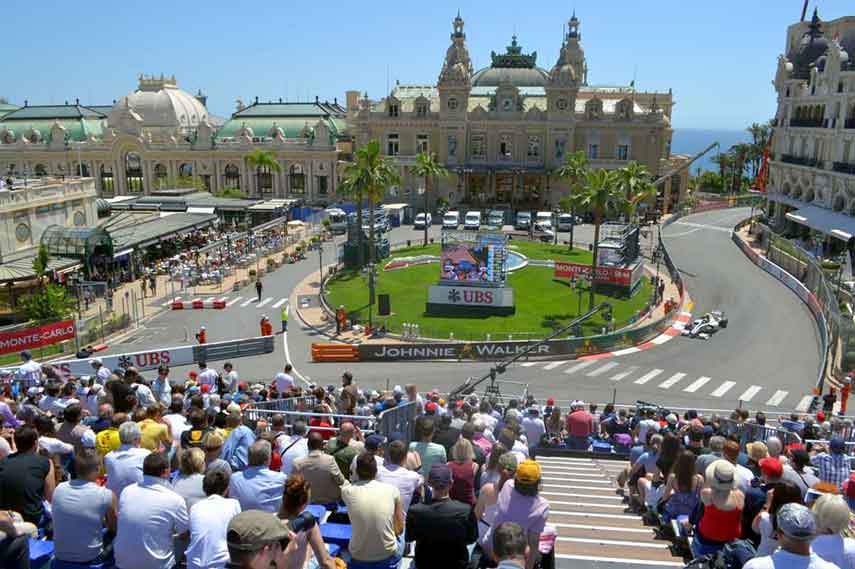
View from the stands at Monaco circuit
Accidents are frequent at Monaco circuit
Sadly, Monaco Circuit has a long history of hard crashes and fatal accidents during Grand Prix weekends. Four drivers were killed in accidents at Monaco Circuit, while many were lucky to escape death despite horrifying crashes. One of the most famous accidents was the one from 1995 when the two-time champion Alberto Ascari overshot the chicane to end up in the sea in the harbor.
Four drivers were killed in the accidents at Monaco Circuit, but luckily the last fatalcrash had happened in 1967 when the Italian driver Lorenzo Bandini lost his life driving a Ferrari.
Video – Alberto Ascari’s accident in Monaco Grand Prix
Address: Circuit de Monaco, Automobile-Club de Monaco, 23 Blvd Albert 1er, 98000, Monaco
Phone: +377 93 15 26 00
Website: acm.mc
Photo: rtl.fr prathikf1.blogspot.com fanpop.com girlslikef1too.blogspot.com pretabloguer.com 123rf.com f1destinations.com



